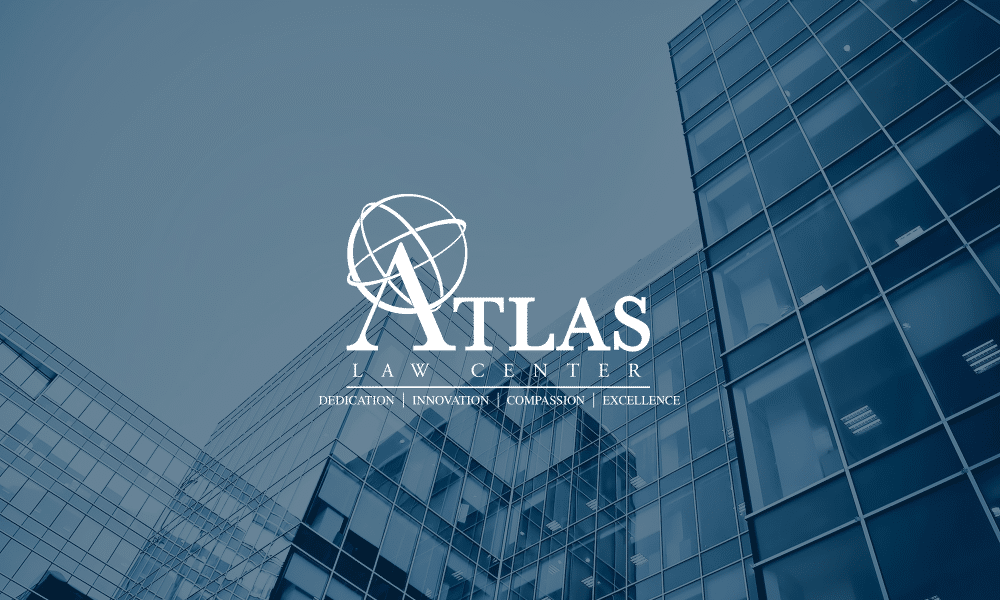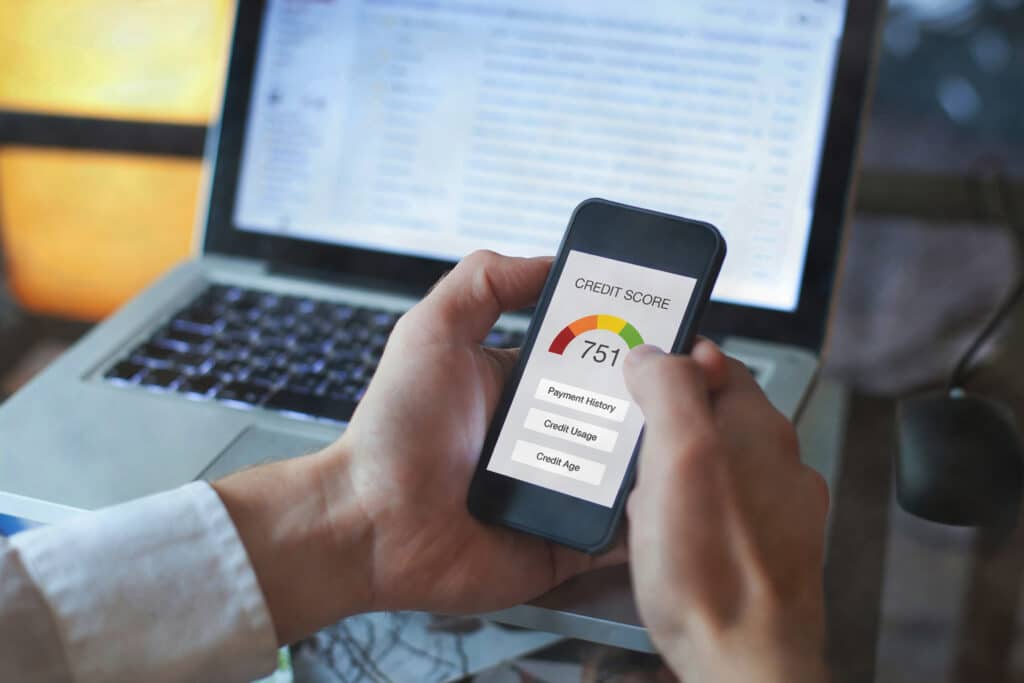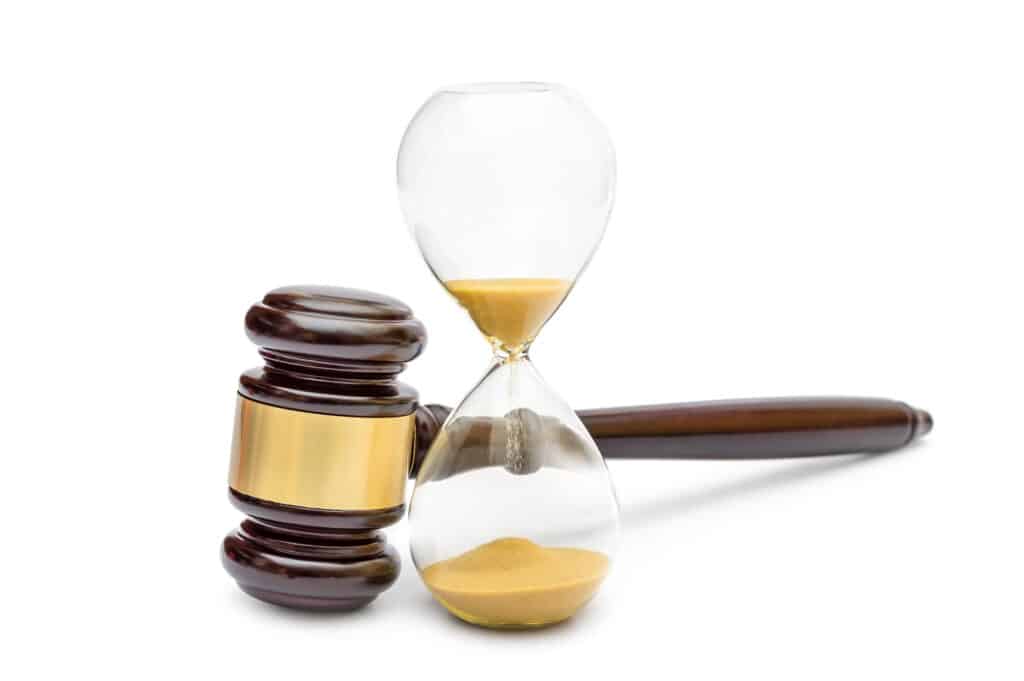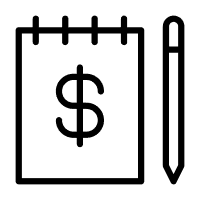Keith Simms: The Automatic Stay
Keith is a private high school teacher who lives in Aurora, Illinois. Keith has a PhD in Education, and has been teaching for 15 years. As a result, he makes in excess of $95,000 a year. Keith also has $45,000 in credit card debt, which was used to finance some unexpected expense throughout the years. He also has a second mortgage on his home that is no longer secured by the property’s value, meaning the first mortgage exceeds the current value of the home leaving the entire second mortgage completely unsecured.
Although Keith makes the minimum payments on all of his credit cards each month, he has realized that he will never pay off the balances. After consulting with an attorney, Keith makes the informed decision to file a Chapter 13 bankruptcy to resolve his credit card debt and strip the second mortgage from his home, paying back only a portion of the credit card balances and the second mortgage. This is because all of Keith’s unsecured debt is treated the same way in a Chapter 13 bankruptcy. The amount of debt he repays is based on his disposable monthly income. At the end of the plan, Keith should have equity in the home that he wants to keep and he will have no credit card debt.
The moment Keith files his bankruptcy case, the automatic stay goes into effect. Roughly two weeks after filing, one of Keith’s credit card companies begins calling him to demand that he make a full payment on his account balance, or face the account being closed. Keith notifies his bankruptcy lawyer of the phone calls. Keith’s attorney then files an adversary proceeding against the creditor, seeking damages for its violation of the automatic stay, the Fair Debt Collection Practices Act, and the Illinois Consumer Fraud and Unfair Practices Act.













